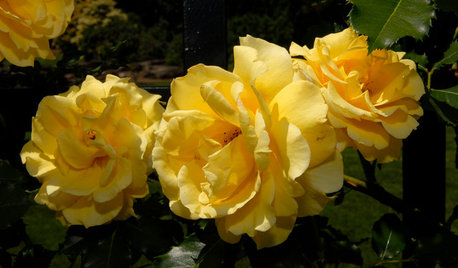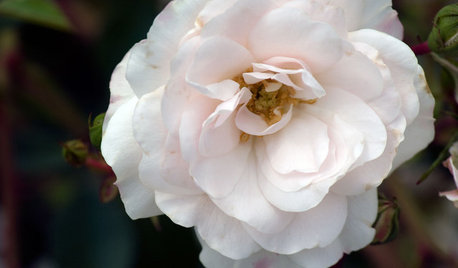Rose climbing an oak tree?
aggiebee
13 years ago
Featured Answer
Comments (27)
karl_bapst_rosenut
13 years agomrlike2u
13 years agoRelated Professionals
Holly Springs Landscape Architects & Landscape Designers · Panama City Landscape Architects & Landscape Designers · Quincy Landscape Architects & Landscape Designers · Allentown Landscape Contractors · Arlington Landscape Contractors · Pelham Landscape Contractors · Annandale Landscape Contractors · Fort Worth Landscape Contractors · Lake Worth Landscape Contractors · Madera Landscape Contractors · Milton Landscape Contractors · Saint Paul Landscape Contractors · Vashon Landscape Contractors · Woodland Landscape Contractors · Eastlake Landscape Contractorsaggiebee
13 years agokarl_bapst_rosenut
13 years agoaggiebee
13 years agohoovb zone 9 sunset 23
13 years agohoovb zone 9 sunset 23
13 years agosocks
13 years agoaggiebee
13 years agokarl_bapst_rosenut
13 years agohoovb zone 9 sunset 23
13 years agosocks
13 years agoyork_rose
13 years agoyork_rose
13 years agovasue VA
13 years agoaggiebee
13 years agokarl_bapst_rosenut
13 years agobrhgm
13 years agofloridarosez9 Morgan
13 years agojacqueline9CA
13 years agoElise
13 years agoCampanula UK Z8
13 years agokitasei
7 years agoRachel Cross- Harder
7 years agoUser
7 years agodestefano_francesca
6 years ago
Related Stories

PLANTING IDEASGreat Garden Combo: Rose + Clematis for Small-Space Impact
We all need somebody to lean on. And when a rose supports a climbing vine, the results can totally transform a small garden
Full Story
GARDENING GUIDESGreat Design Plant: Sally Holmes Rose
This simple yet versatile climbing rose grows vigorously all year; plant now for abundant spring and summer blooms
Full Story
CALIFORNIA NATIVE PLANTSGreat Design Plant: Coast Live Oak
The stuff of legends and memories, this California tree is one to build a whole landscape around
Full Story
GARDENING GUIDES5 Favorite Yellow Roses for a Joyful Garden
Make 'cheery' the name of your garden game when you order your roses sunny side up
Full Story
GARDENING GUIDESGreat Design Tree: Australian Tea Tree
A living sculpture with an unmistakable appearance, this coastal native creates an intriguing landscape scene
Full Story
LANDSCAPE DESIGNThe Unparalleled Power of Trees
Discover the beauty and magic of trees, and why a landscape without them just isn't the same
Full Story
GARDENING GUIDESPlant Black Cherry Trees for the Birds and Bees
Plant Prunus serotina in the Central and Eastern U.S. for spring flowers, interesting bark and beautiful fall color
Full Story
GARDENING GUIDESGrow Your Own Privacy: How to Screen With Plants and Trees
Use living walls to lower your home and garden's exposure while boosting natural beauty in your landscape
Full Story
GARDENING GUIDES5 Favorite White Roses for a Purely Beautiful Garden
How does your garden glow? With roses that look like light and smell divine
Full Story
GARDENING GUIDESWhat Kind of Roses Should You Grow?
Want to add the beauty of roses to your garden? Find out which ones, from old-fashioned to modern, are right for you
Full Story








jacqueline9CA